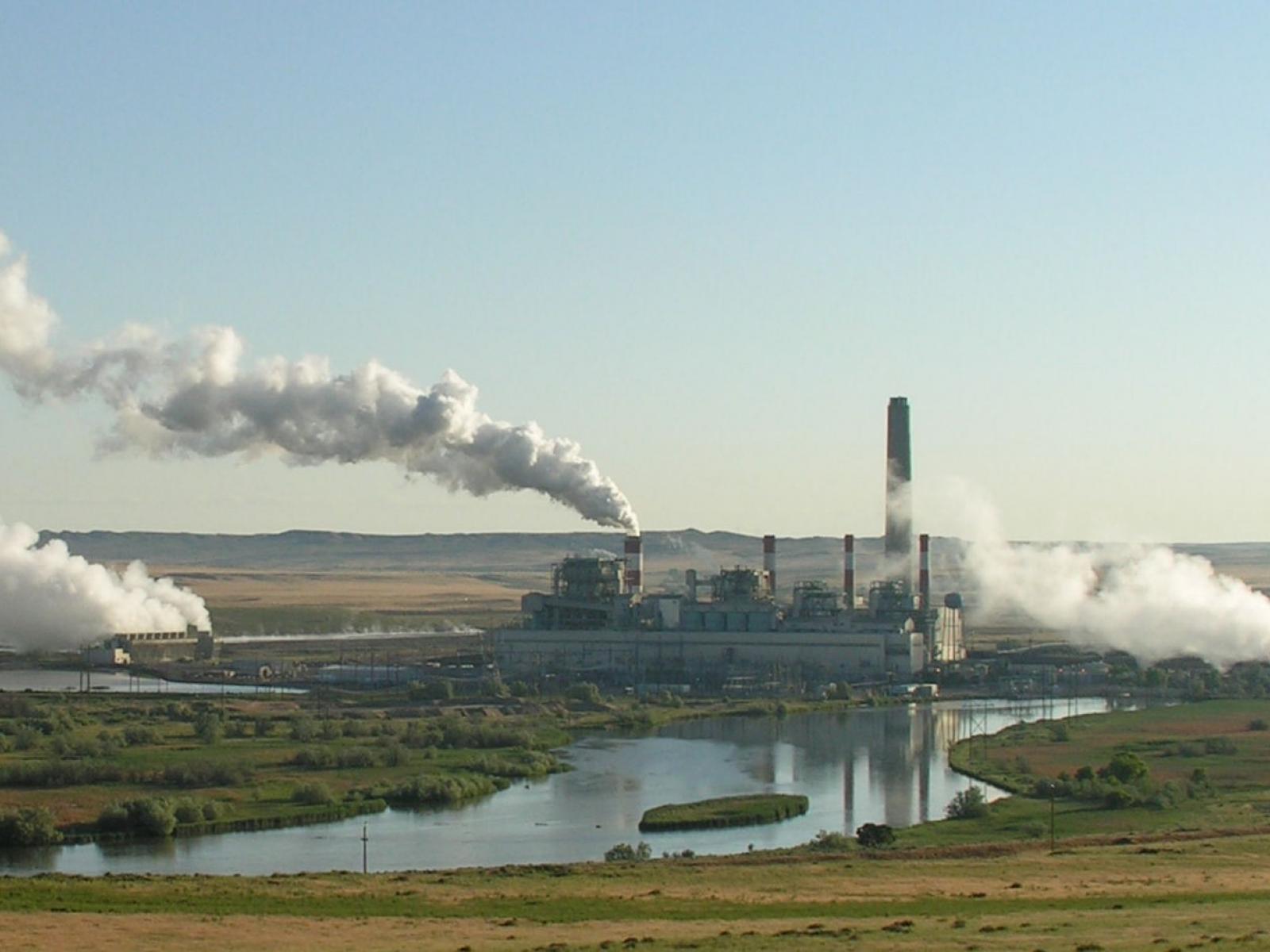Implications of water constraints on electricity capacity expansion in the United States
Water limitations are projected to increase electricity costs

If water supplies are stretched thin, conventional power plants may need to be replaced with generation technologies that are less dependent on water.
The Science
Most of the electricity we use is generated by methods that require water, either for cooling or as steam to turn a generator. Researchers at the U.S. Department of Energy’s Pacific Northwest National Laboratory set out to quantify the implications of limited water availability for electricity capacity expansion in the U.S., by adding state-level water data to a global model that links the economy, energy, land use, water, and climate systems. Results indicated different effects of water constraints across states, with limitations more likely in the drier West than in the East.
The Impact
Concerns about water availability could affect decisions on where to build new power plants as well as whether to switch to generation methods that use less water, which could further influence the ability of existing plants to meet growing electricity demand. Accounting for water availability in electricity capacity planning is critical to make sure that strategic resource planning can be accomplished with minimum economic losses. This work highlights state-level challenges to facilitate regional strategic resource planning.
Summary
Effects of potential water constraints on U.S. electricity generation have been studied previously, but past studies have been limited in terms of scale and robustness. This work extended previous studies by including physical water constraints within a state-level model of the U.S. energy system embedded in the GCAM model (GCAM-USA) that integrates both supply and demand effects under a consistent framework. Results indicate that water constraints have two general effects across the U.S.: (1) electricity generation becomes more costly, which results in less electricity usage, and (2) water-intensive technologies, such as coal- and gas-fired generators, may need to be retired before the end of their designed lifetimes, while investment shifts to less water-dependent technologies, such as wind and solar photovoltaic. The western states, such as Texas and Arizona, are more likely than the eastern U.S. to face the need to abandon usable generators and invest in new equipment that uses less water.
PI Contact
Mohamad Hejazi, Pacific Northwest National Laboratory and Joint Global Change Research Institute, Mohamad.Hejazi@pnnl.gov
Leon Clarke, Pacific Northwest National Laboratory, leon.clarke@pnnl.gov
Funding
This research was supported by the U.S. Department of Energy Office of Science through the MultiSector Dynamics, Earth and Environmental System Modeling Program.
Revised: October 21, 2019 | Published: May 3, 2019
Liu L, M Hejazi, G Iyer, and B Forman. 2019. “Implications of water constraints on electricity capacity expansion in the United States.” Nature Sustainability 2:206−213. doi: 10.1038/s41893-019-0235-0.